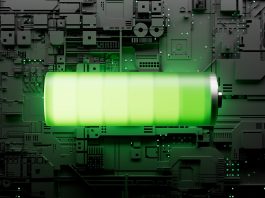The Innovation News Network provides a comprehensive overview of the essential role of nickel and zinc in the production of lithium-ion batteries and their importance in the green energy transition.
Batteries are the unsung heroes of our modern world, quietly powering the devices we rely on daily. However, like a well-oiled machine, lithium-ion batteries require several essential components to work harmoniously and deliver reliable energy storage. Nickel and zinc are two cogs that keep this engine running – they form an integral part of the battery construction, helping it perform its vital job. In this article, we will explore these materials’ important role within lithium-ion batteries and how their properties affect battery performance.
Nickel and zinc are both transition metals with versatile characteristics, making them ideal for use in rechargeable batteries. Nickel is highly reactive, providing good electrical conductivity whilst still being able to cycle numerous times without degrading too much over time. Zinc serves as a sacrificial metal, reacting electrochemically during discharge and forming charged particles known as ions that can move freely through electrolytes inside the cell. This produces electricity when connected to external circuitry such as a motor or light bulb.
The combination of nickel and zinc provides many benefits compared to other types of battery chemistries available today. They offer higher energy densities than alkaline cells, greater safety than lead-acid designs, better environmental credentials than cadmium-based units, faster charging rates and deeper discharges than some alternative technologies. All these factors contribute towards why nickel–zinc technology has become increasingly popular over recent years for applications ranging from electric vehicles (EVs) to portable electronic products like smartphones and tablets.
Definition of nickel and zinc
Nickel and zinc are two chemical elements used for centuries in many applications. Nickel is a silvery-white metal with an atomic number of 28, while zinc has an atomic number of 30. Both nickel and zinc share certain common properties, such as malleable and ductile metals, meaning they can be bent or shaped into different forms without breaking. They also possess similar chemical characteristics; the oxidation states of both nickel and zinc range from +2 to +4.
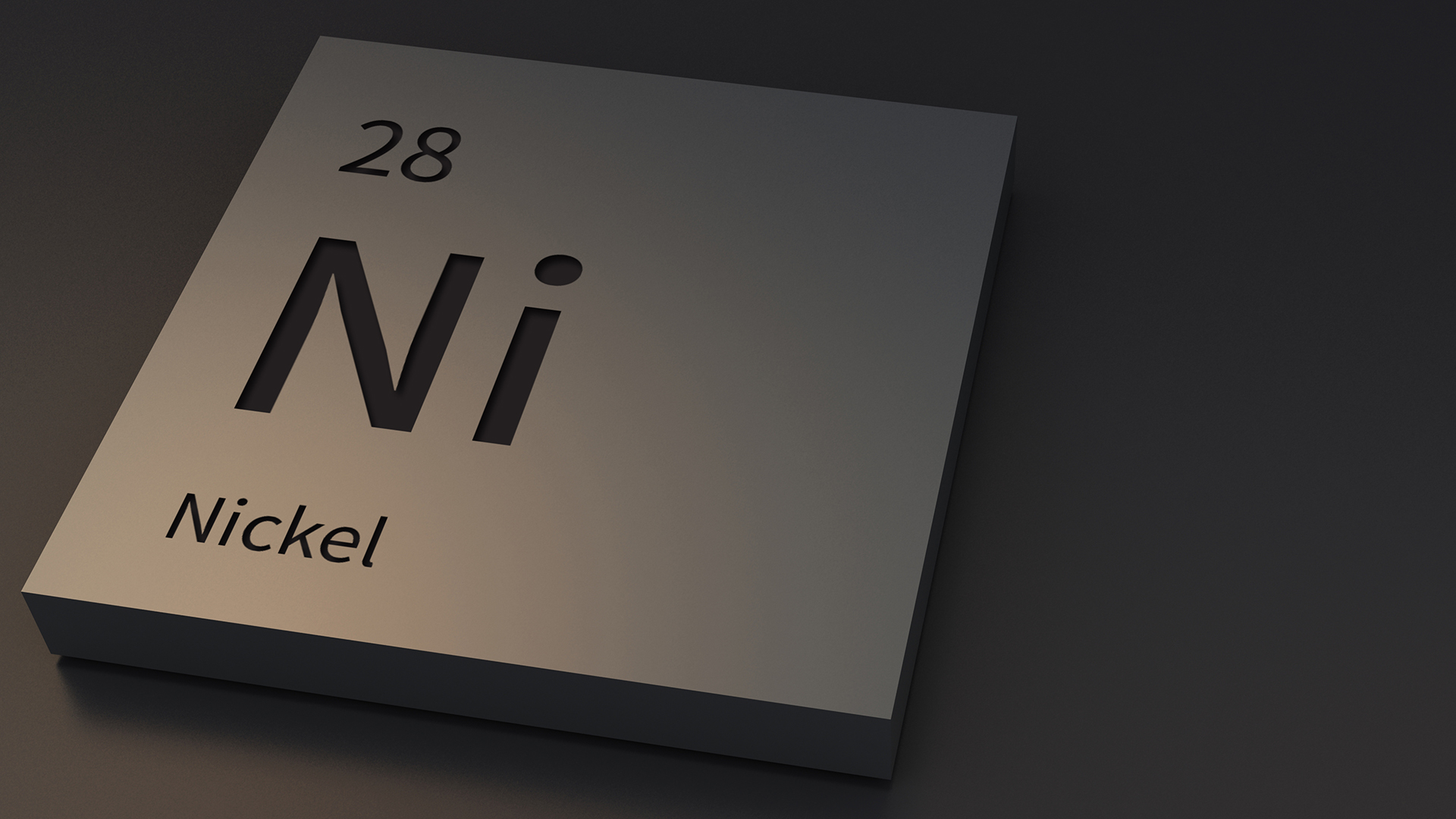
In terms of their uses, nickel is widely used in industrial processes due to its excellent corrosion resistance and ability to withstand extremely high temperatures. It is also often alloyed with other metals, such as copper or iron, to form various components like pipes or valves. On the other hand, zinc is primarily used in galvanising steel structures since it acts as a protective layer against rusting or corrosion. In addition, it is found in alloys such as brass which consists of copper and zinc mixed at a ratio of 2:1, respectively.
Lithium-ion batteries consist mainly of nickel and zinc components, making them critical for efficient functioning. The cathode (positive electrode) typically contains cobalt oxide along with either manganese dioxide or nickel oxyhydroxide, while the anode (negative electrode) consists mostly of graphite intercalated with lithium ions when charged up during battery operation. This combination creates a highly reactive environment between the cathode and anode, allowing electrons to flow smoothly through the cell resulting in long-lasting charge cycles for devices powered by these batteries.
Role in lithium-ion batteries
Nickel and zinc play a major role in the power storage and energy efficiency of lithium-ion batteries. The combination of nickel and zinc allows for the efficient transfer of electrons within the battery, improving its performance and longevity.
The most common type of lithium-ion battery is the Nickel Metal Hydride (NiMH). In this form, nickel acts as an anode material, while zinc is a cathode material to store electrical energy in chemical bonds. This configuration increases the amount of charge that can be stored by up to ten times compared to other rechargeable batteries.
Additionally, when used with other materials such as cobalt oxide or graphite, nickel and zinc increase the capacity even further, decreasing charging time and increasing safety features like thermal management.
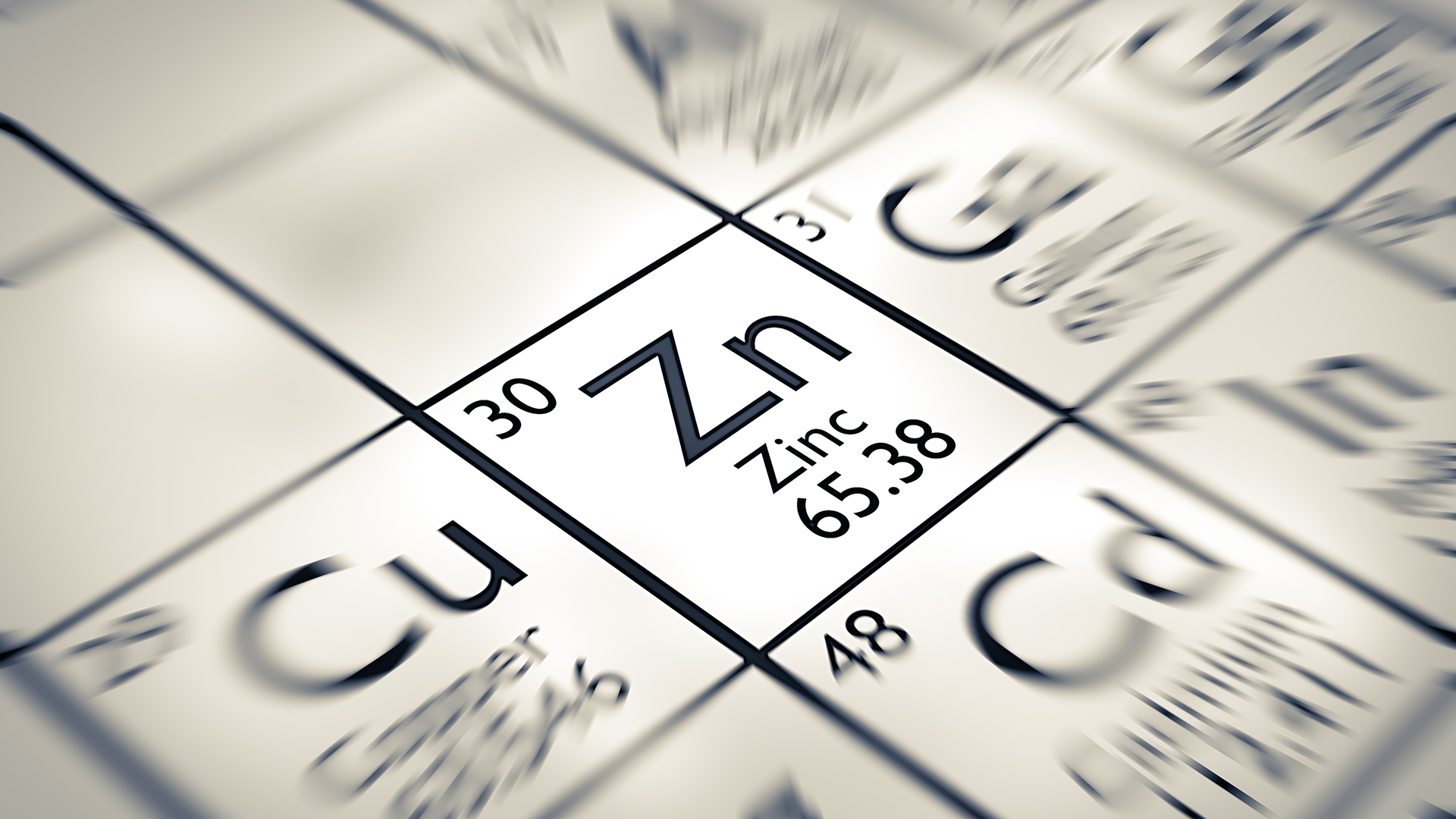
Here are five key points about how nickel and zinc contribute to improved battery performance:
- Nickel offers higher specific energy density than other metals commonly found in batteries;
- Zinc provides high electrical conductivity, which helps reduce charging time;
- When combined with other materials, their synergy leads to increased capacity;
- Their use improves safety features such as thermal management; and
- Higher cell voltage generates more energy from each cycle.
In addition to nickel-zinc compounds, other materials like zinc-nickel alloys can also be used in battery design. Zinc-nickel alloys have high electrical conductivity, making them well-suited for applications that require rapid charging/discharging cycles with minimal power loss. Furthermore, they offer superior corrosion protection against extreme temperatures and environmental conditions compared to pure metals. Their higher melting point makes them ideal for high-temperature environments such as automotive or aerospace applications.
Finally, another type of material often used is called zinc-nickel plating or electroplating. This process involves coating a substrate with a thin layer of either zinc or nickel molecules through electrolysis or chemical bonding techniques. As a result, this increases the surface area available for current conduction from one electrode to the next within the battery system. Moreover, it adds additional stability by helping to reduce wear on internal components over time due to its ability to resist oxidation and corrosion in harsh environments better than most standard metals do alone.
Overall, nickel and zinc are both essential elements for creating powerful lithium-ion batteries. By taking advantage of their unique properties, they offer advantages such as longer lifespans, faster charges and greater storage capacities, all important factors when designing better performing consumer electronics powered by lithium-ion technology.
Benefits of using nickel and zinc
Nickel and zinc provide increased energy efficiency, durability benefits, and corrosion resistance to the cells that house the lithium ions. Using these materials in battery construction can increase capacity and enhance performance compared to lead-acid or alkaline cells.
The advantages of using nickel and zinc in a battery cell lie primarily in improving cycle life and reducing the self-discharge rate. Nickel increases the electrical conductivity of the electrodes by providing better contact between them. This reduces power loss from heat generated during operation and improves overall energy efficiency within the system. Zinc also increases charge acceptance and improves voltage output for higher-capacity cells. In addition, both metals offer excellent corrosion resistance, which is useful for long-lasting storage conditions.

Furthermore, because nickel is generally more expensive than other materials used in lithium-ion batteries, such as aluminium or cobalt oxide, it must be carefully balanced with zinc so that cost-effectiveness is still maintained while at the same time achieving optimal performance levels. To help ensure this balance is reached, manufacturers often employ sophisticated modelling techniques when constructing new designs.
In summary, using nickel and zinc offers significant benefits over traditional lead acid or alkaline cell technology due to its enhanced energy efficiency, improved durability, superior corrosion protection capabilities, greater capacity potentials, and enhanced performance results. These elements make nickel and zinc critical components when designing any lithium-ion battery system today.
Cost-effective battery production
Similar to when you go to the shop, and it seems that everything is priced differently, you have a budget that you need to stick to, but at the same time, you want to get quality products for your money. This is the exact dilemma battery manufacturers face when selecting nickel and zinc in their lithium-ion batteries – cost-effectiveness versus price-efficiency.
The cost of raw materials plays a major role in determining the overall cost of production for almost any product; this holds true for lithium-ion batteries as well. Nickel and zinc each come with advantages and disadvantages regarding cost-effectiveness, which must be weighed carefully against price efficiency before deciding on one or the other. Nickel has higher material costs, making it initially less attractive than zinc; however, its superior performance characteristics may make up for those initial higher costs over time due to decreased maintenance needs, resulting in a potential long-term cost advantage or savings relative to zinc. Similarly, while zinc is more affordable upfront than nickel, its inferior performance can increase maintenance costs throughout its lifespan – the opposite of expected with a cost-saving purchase decision.
Ultimately, there is no definitive answer as to whether nickel or zinc should be used based solely on their respective costs alone. Rather, an analysis considering all factors involved must be conducted before reaching such a conclusion if manufacturers wish to achieve maximum price advantage from their selections.
Environmental impact
The cost-effectiveness of lithium-ion batteries is well established. However, another factor that must be taken into account when evaluating the sustainability of these energy storage devices is their environmental impact. Nickel and zinc have a significant effect on the overall environmental footprint.
First and foremost, nickel mining has been linked to major pollution spills and deforestation due to its extractive nature. It can also pollute waterways due to leaching from nearby mines. Zinc production also involves similar extraction processes that negatively impact ecosystems and habitats near mine sites.

In addition to the direct effects of mining, ongoing research suggests that both nickel and zinc may pose ecological risks through indirect pathways such as atmospheric deposition or bioaccumulation in aquatic food webs. Therefore, manufacturers and consumers alike need to take steps towards reducing their dependence on these metals if they hope to reduce their potential contribution to global pollution levels.
Given this information, there are still opportunities for improving the long-term sustainability of lithium-ion batteries by working towards more environmentally friendly manufacturing practices while also finding alternative materials that do not rely heavily upon nickel and zinc resources.
Manufacturing processes for lithium-ion batteries
To produce lithium-ion batteries, a variety of manufacturing processes must be employed.
The first stage is preprocessing, which involves preparing the raw materials, such as nickel and zinc, used in battery production. During this phase, metals are melted down into an alloy or metal powder form, depending on their intended use within the battery.
Once the preprocessing stage has been completed, these elements then move onto the forming and welding phases, where they can take shape as anode plates or cathodes. In addition to shaping these components, advanced welding technologies are also utilised at this juncture to ensure high-quality electrical connections between cells within a given battery pack.
The assembly process combines all components with adhesives or solvents until they reach their desired form factor. Afterwards, engineers may conduct multiple tests to verify performance metrics, such as charge cycles, before being released for sale.
Notable features of battery manufacturing include:
- The melting down of raw material during preprocessing;
- Forming & welding techniques for creating cell connection points;
- Assembly steps that involve bonding parts together using adhesive/solvent; and
- Testing and verification of the battery cells to ensure optimal performance.
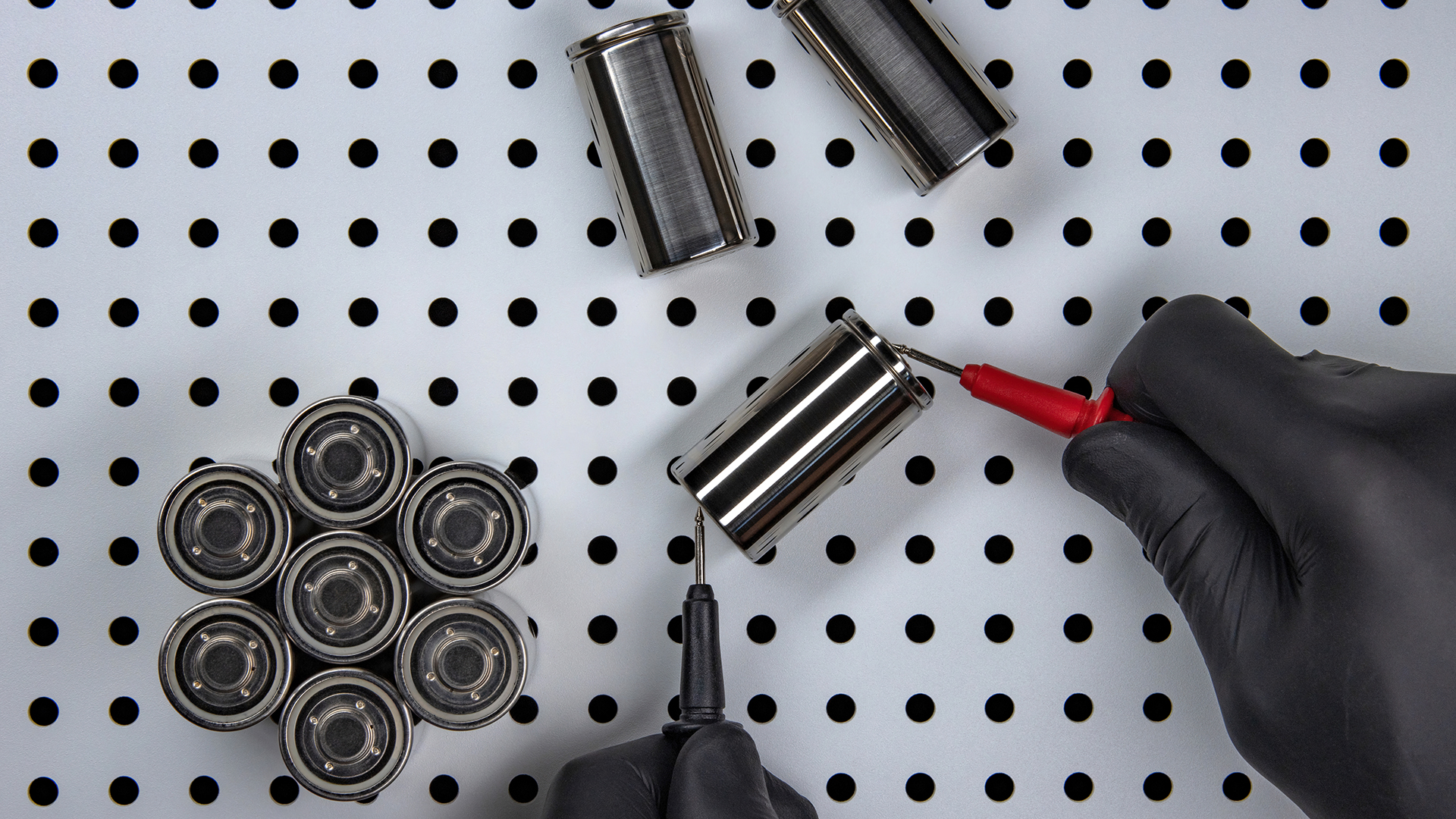
Testing and quality control procedures
The process of testing and quality control for nickel and zinc components in lithium-ion batteries is often done with a certain amount of humour. Trying to balance battery performance, safety, and cost can be like walking a tightrope – one wrong move could send it all toppling down! Stringent protocols must be followed to ensure these delicate ingredients are safely combined.
Testing protocols include comprehensive analysis tests to assess battery performance, systematic evaluation processes to maintain safety standards, and conformance evaluations and inspections to ensure cost-effectiveness. In addition to these steps, special attention should be given to temperature-sensitive materials such as Nickel Zinc or LiCoO2 cells, which may require thermal shock testing or accelerated ageing tests for optimal results. Implementing adequate quality control practices helps improve product reliability and minimises risks associated with potential malfunctions or hazards due to substandard parts.
For manufacturers and suppliers to produce reliable products at an affordable price point, they must adhere strictly to established guidelines designed specifically for the tested component. By investing in responsible research and development initiatives and rigorous factory inspection and maintenance procedures, companies can guarantee that their customers receive safe, high-performance devices without compromising on budget constraints.
Safety considerations
Nickel and zinc must be properly managed for the safety of users. Battery safety is an important consideration when designing and using these batteries to ensure that no harm comes to anyone due to their use. Furthermore, lithium-safety regulations are in place from organisations such as UL (Underwriters Laboratories) and IEC (International Electrotechnical Commission) to guarantee safety while using these batteries.
Risk management measures must also be implemented to protect against potential hazards related to using lithium-ion batteries containing nickel or zinc. This includes proper installation and maintenance procedures and regular testing of the battery’s performance. Safety testing should include thermal runaway prevention, overcharge protection, short circuit protection and cell balancing. These tests can help identify any existing problems before they become too serious.
Battery manufacturers must adhere to all necessary safety protocols and regularly update them to current standards to ensure safe operation. These protocols should cover aspects such as design criteria, manufacturing processes, inspection requirements and quality control methods for every component used within each battery system. In this way, customers will have confidence that their products are performing safely without risk of harm or damage caused by faulty components or improper usage.
Challenges for battery manufacturers
The production of lithium-ion batteries presents several challenges for battery manufacturers. These difficulties come from the complexity of the manufacturing process, the regulations imposed on it, and the difficulty in scaling up production. Challenges include:
- Manufacturing processes are complex: With multiple layers and intricate processes involved in producing a single battery cell, there is an increased risk of something going wrong during production. This can lead to reduced performance or even unsafe conditions such as fire hazards;
- Regulation imposes constraints: The manufacture and use of lithium-ion batteries must be done according to strict safety guidelines set out by regulatory bodies. Failure to adhere to these standards can result in costly penalties or product recalls; and
- Scaling up production is difficult: As demand increases, producers must ramp up their output. However, this comes at a cost due to raw material shortages and increasing costs associated with quality control. Furthermore, any unexpected disruption in supply chains could have serious consequences for companies relying on the timely delivery of parts and materials.
To mitigate risks associated with manufacturing difficulties, battery manufacturers must ensure they have adequate resources available for testing and quality assurance throughout the entire production cycle. Additionally, supplier management strategies should be implemented to reduce reliance on any one source for parts or materials needed for assembly. Finally, businesses should also consider investing in new technologies that can help simplify the overall production process while maintaining high safety and reliability levels.
Recycling and reuse of nickel and zinc
Recycling and reusing these metals are challenging for battery manufacturers due to their environmental impact when they are not reused or recycled properly. This section will discuss the current efforts being made by manufacturers on the recycling and reuse of nickel and zinc from these lithium-ion batteries.

Recycling and reusing nickel and zinc from lithium-ion batteries have become increasingly important as more companies strive to reduce their carbon footprint. The process involves separating the different components, such as cobalt, copper, aluminium, and other metals, that comprise a battery cell so that it can be reused or recycled. Recovered materials are then used in new products or sent off for further refining before being reused again.
To maximise efficiency while reducing cost and waste, some companies have created specialised filtration systems which allow them to extract valuable reusable material from spent cells with minimal effort. Additionally, research into developing efficient separation processes has been conducted to improve yield rates when recovering metals from spent cells before recycling them.
These initiatives demonstrate the potential for significant economic efficiency and environmental sustainability improvements through the effective recovery, reuse, and recycling of nickel and zinc for lithium-ion batteries. It is, therefore, incumbent upon all stakeholders – including consumers, producers, and recyclers – to ensure proper disposal practices are implemented to maximise resource utilisation whilst minimising any associated emissions or pollutants generated during production or processing activities.
Novel applications for nickel and zinc
The power of nickel and zinc is undeniable. These two elements have become integral components in various industrial applications, from the development of battery technology to energy storage. With novel applications appearing on the horizon, the role of nickel and zinc will only grow in importance.
As lithium-ion batteries continue to gain traction as one of the most efficient forms of power storage available today, researchers are studying how nickel and zinc can further enhance battery performance. In particular, research suggests that combining both metals may help increase capacity while reducing cost. As such, this has led engineers to explore various ways to combine them into more effective designs for new generations of lithium-ion batteries.
In addition to their use in lithium-ion cells, nickel and zinc offer potential solutions for other areas requiring advanced energy storage systems, such as EVs or smart grids. By providing higher energy density than current technologies allow, they could significantly advance our ability to store and transport electricity effectively from one point to another. Therefore, it is clear that these two essential elements are set to play an important role in many emerging industries as we move towards a more sustainable future powered by clean energy sources.
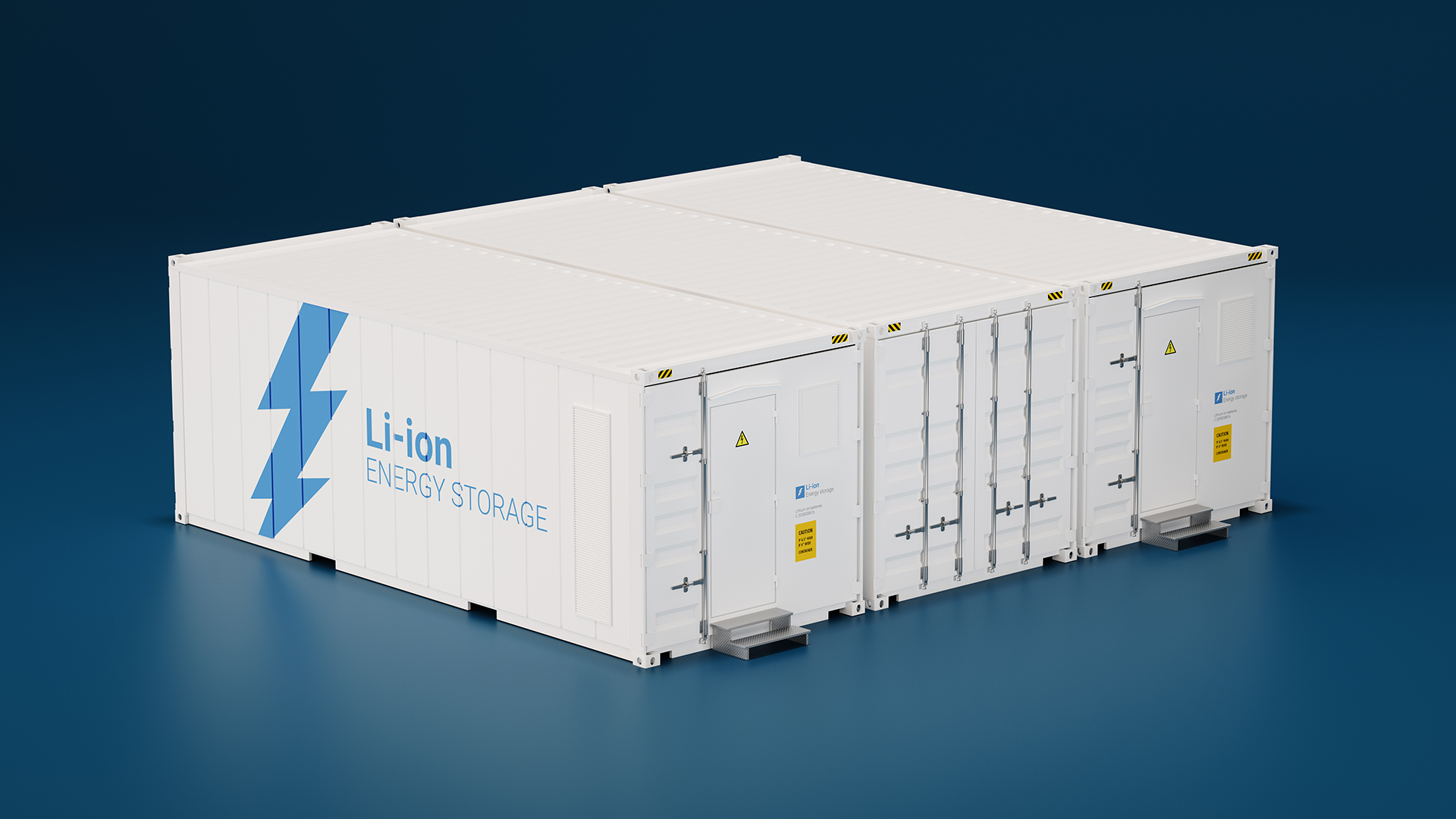
Future developments and trends
The future of nickel and zinc in lithium-ion batteries is expected to be promising, with the continued research on novel technologies. Several trends appear to be emerging in the industry:
- Increasing energy storage capacities – As new chemistries are developed for battery cells, Nickel-Zinc technology can potentially enable higher energy density levels than traditional Lithium Ion chemistries. This could increase range and usage times for EVs;
- Decreasing costs – The demand for EVs continues to grow, which increases the need for cost-effective energy storage solutions. Companies are making efforts to find ways to reduce production costs while keeping performance levels high. For example, combining multiple metals can help improve efficiency and lower manufacturing costs; and
- Improved safety features – Safety remains important for EVs, as their batteries contain large amounts of stored energy. Research into better cooling systems and other improvements, such as overcharge protection, will continue to ensure that these systems remain safe even during extreme conditions, such as low temperatures or rapid charging/discharging cycles.
In addition to these developments within the industry, there are also initiatives being taken by governments around the world to promote EV adoption through financial incentives and regulations aimed at encouraging investment in new technologies related to EV charging infrastructure. These measures could provide further impetus for innovation in Nickel-Zinc battery technology and create additional opportunities for companies involved in this sector.
Regulatory frameworks and standards
Lithium-ion batteries’ regulatory frameworks and standards are essential for battery safety, performance, and compliance. These regulations include emission standards that manufacturers must meet to ensure that pollutants generated from the production process do not exceed environmental threshold levels. These regulatory frameworks also dictate the characteristics of component materials such as nickel and zinc used to assemble lithium-ion batteries. This is important to guarantee quality control throughout the manufacturing process and reduce product defects related to material composition.
Moreover, various international organisations develop industry-wide standards which allow manufacturers to compare their products with established baselines. Companies must adhere to these guidelines, given their implications on consumer confidence, competitive advantage, economic growth, and public health. For instance, stringent testing procedures may be required before selling a new type of lithium-ion battery component or system to demonstrate high reliability and durability before being released into market circulation.
Thus, effective implementation of regulatory frameworks and standards pertaining to nickel and zinc components has far-reaching impacts on ensuring the safe operation of lithium-ion batteries across different applications worldwide. Furthermore, it allows stakeholders involved in this sector, including government agencies, business entities, research institutions etc., to benefit from optimal utilisation of resources while still adhering to ethical practices under well-defined rules set out by global governing bodies.
Global market outlook
The global market outlook for nickel-zinc batteries is positive. Lithium-ion battery technology has been widely adopted in the EV and consumer electronics industry, and this trend is expected to continue as more applications are developed. The demand for lithium-ion batteries is continually increasing due to their superior performance over other rechargeable batteries. As a result, the nickel–zinc battery market could see an influx in demand as manufacturers seek out these high-performance components.
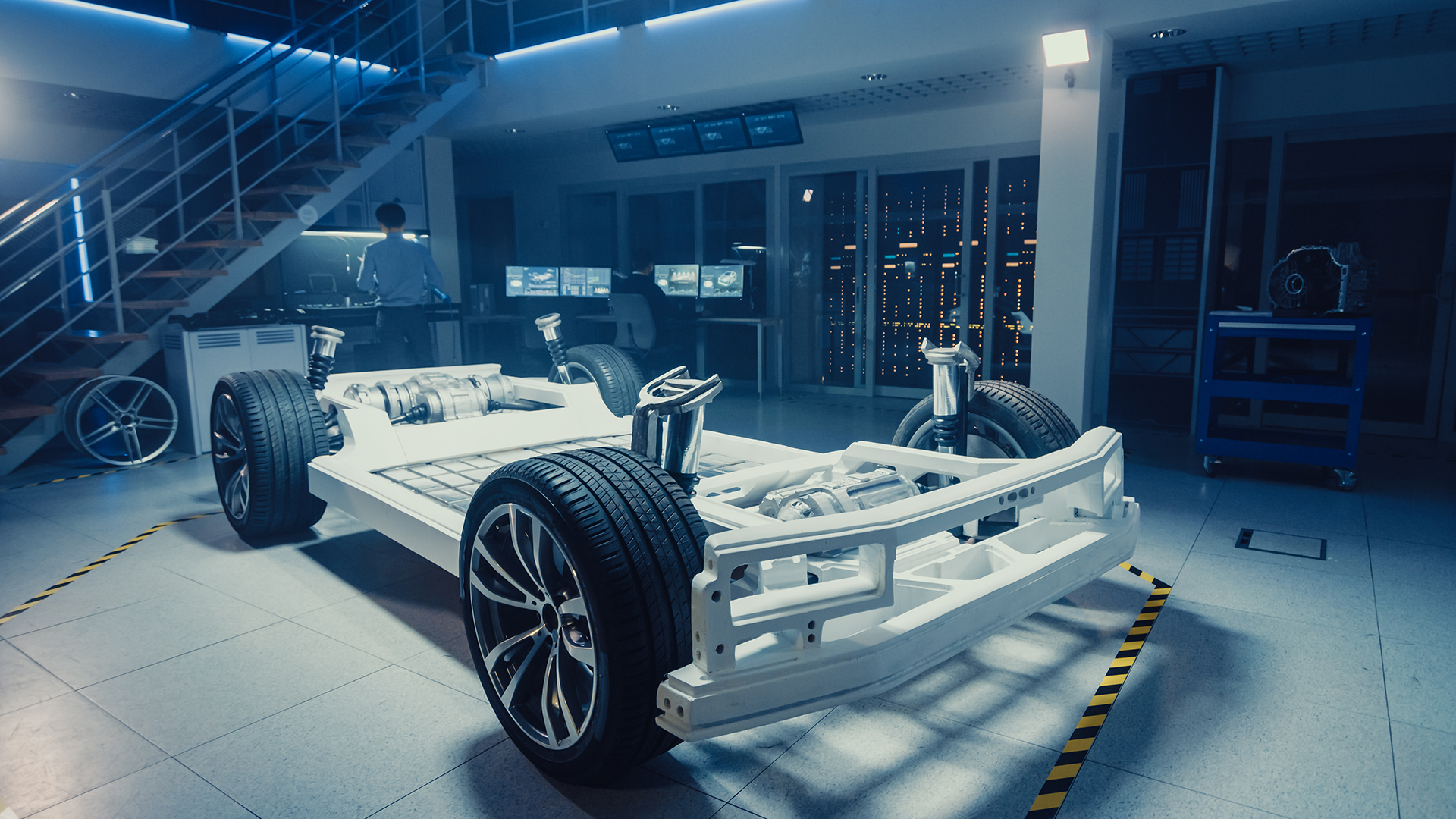
In addition, current trends indicate that battery recycling regulations will become increasingly stringent to mitigate environmental impacts from discarded cells and reduce hazardous waste created by recyclers. This could lead to increased demand for nickel–zinc batteries with improved safety features and longer lifespans. Furthermore, governments worldwide are providing financial incentives and subsidies towards research and development of new energy storage technologies, which could also drive up demand for Nickel–Zinc based solutions.
Overall, there is immense potential for growth within the global battery industry, especially when it comes to advanced materials like Nickel–Zinc alloys used in lithium-ion cell production. With technological advancements being made every day, coupled with stricter governmental regulations on the disposal of spent cells, companies should invest in R&D initiatives related to Nickel–Zinc based energy storage systems to stay competitive within the sector moving forward.




